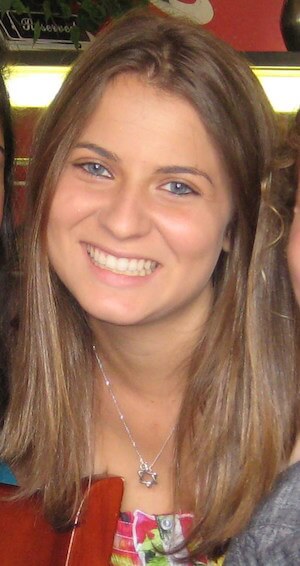Students will learn how to navigate the news to discern the credibility of a source by investigating what media bias is with their peers, “acting as the journalist” within the classroom, and reflecting on their experiences. Their conclusions will then be applied to their understanding of how to interpret the news in the real-world.
Entry Narrative
Stanford University published a study in 2016, in which researchers found that teenagers are ill-equipped to discern credible media sources from untrustworthy ones (https://ed.stanford.edu/news/stanford-researchers-find-students-have-trouble-judging-credibility-information-online). In today’s era of fake news and the accessibility of news stories via social media, it is imperative our students are taught how to approach media articles and how to understand what the term “media bias” means. Our students are also motivated to learn more about these issues because of their timeliness and relevance to contemporary discussions. All 50 states have a standard in their American History curriculums to teach civic education; given the changing landscape of the technological world, part of a student’s civic education now needs to include their ability to navigate the news.
I taught the following lesson in my 12th grade History of Zionism seminar. Overwhelmingly, my students believed before walking into the classroom that the media is biased against Israel but cannot support why. My goal was not to convince them if this is true or not, but to teach them what it means for the media to be biased and to give them the tools to detect bias. This lesson can easily be replicated in any middle school or high school classroom by using different articles related to other curriculua. For example, in an European History classroom, teachers could use articles related to a relevant issue like Brexit today.
We, as educators, have a responsibility to update and modify our teaching to reflect today’s world. If we want our students to develop information literacy skills, we must introduce and reinforce those skills in our classrooms.
Project Outline
- Students learn the sections of a standard newspaper (https://prezi.com/a2_a3lqhrzod/what-is-media-bias/) to develop the ability to discern the differences between news articles that purport to be objective and editorials that intend to be one-sided. The Prezi is intended to be used throughout the entire unit and follows the steps listed below. The pictures show my students discussing the different sections of the newspaper.


- Students learn to identify and categorize different types of media bias and how to investigate if a media source is credible, untrustworthy, and/or biased by investigating whether two articles in Israeli newspapers (linked in the Prezi) are reliable.
- Students learn about the complexities of media bias by “acting as the journalist.” The Youtube video (https://youtu.be/DdP4Zl2admo) is my quick introduction to the activity. The assignment is attached below as both an incomplete paper and completed student papers.
- Students share their experiences acting as a journalist with peers in order to further understand how and why media bias happens within today’s technological world. Students then evaluate how the event they “covered” was presented in other media sources. The Youtube video (https://www.youtube.com/watch?v=SngcKWJgtg0) is of students sharing and collaborating. The PDFs are the two articles that students were given to further their discussions.
- Closing the Loop: Students reflect on how what they have investigated and learned about media bias will affect their future approaches to news articles and how their original definition of media bias has changed. Student reflections are attached as PDFs and mp3s (the audios of their video recordings to preserve student anonymity) below to demonstrate what they learned and how they are going to take these experiences into the real world. My teacher reflection of the whole unit is also attached as a PDF.
Audio Files
understanding-media-bias-5-student-reflection-mp3-b
understanding-media-bias-5-student-reflection-mp3-a
Entrant Bio(s)
Holly Seidenfeld lives in Hollywood, Florida, with her husband, Eliezer, and her two (soon-to-be-three!) children. She graduated summa cum laude from the Honors Program at Yeshiva University with a degree in History and will be finishing her Master’s in Jewish Education from the Jewish Theological Seminary in May.

This entry has been tagged with the following terms: